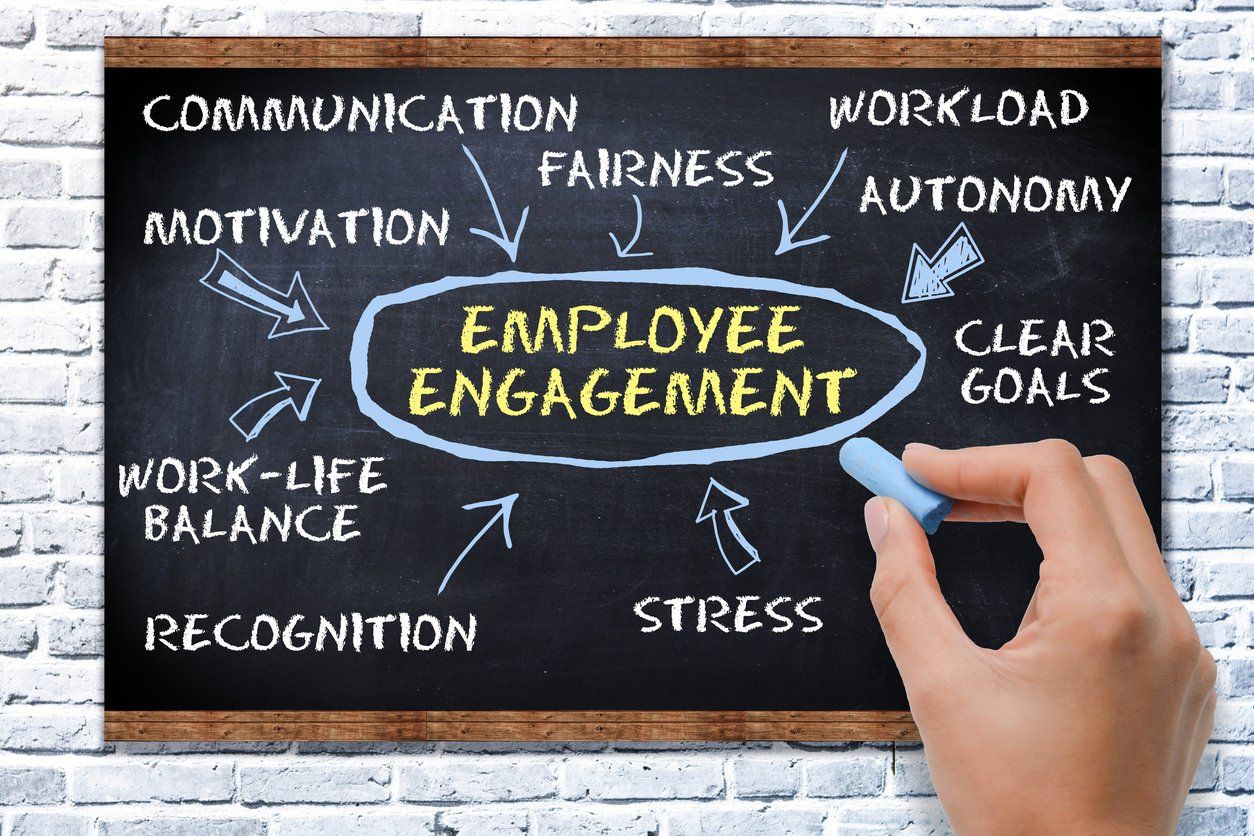Your Employees Want Much More Than a Paycheck

Most managers are facing similar challenges in the workplace. These include:
- Increased absenteeism
- Lower productivity
- High turnover
- Unresolved conflicts among team members
- Unproductive meetings
- Unmet deadlines
- Decreased quality and customer service
Research shows that these issues are costing organizations between 450 Billion and 500 Billion Dollars annually. These patterns occur because 65% of employees are disengaged, showing up (or not), uninvested in their job, their team, or the company that employees them.
If it feels discouraging, you are not alone. The way to turn these negative trends around is found in another interesting statistic. 70% of the variance in the overall employee engagement score is because of their manager.
Your employees want much more than a paycheck. They want their job to have an impact, connect to a purpose in their work beyond just the job, and feel that they are providing value. A survey by the Energy Project reaching more than 12,000 employees from various industries found that 50% lack a level of meaning and significance at work.
Your employees also want to understand how their job connects to their purpose and mission. If members of your team feel recognized and appreciated, they will open up about what they want from their work. Their manager is the one person who can connect their purpose to its goals and objectives. And then support them, so they bring their best selves to work every day.
Effective management increases employee engagement. It starts with ensuring that every person the manager supervises understands why and how their job is vital to the organization.
Managers are one of the most important assets a company has in reaching its goals and fulfilling its mission. Here are the actions each manager can learn to implement consistently to make a difference with engagement and productivity:
- Understand and explain how each employee's job:
- is essential to the organization
- contributes to the work group's success
- connects to the organization's mission
- Schedule routine conversations with each employee to discuss job importance
- Explain job importance with new full time and temporary hires
- Take the time to understand each employee's work and integrate their input into decisions that will impact their job – they know their job and how to do it efficiently and better than anyone else
- Spend one-on-one time with each direct report to understand their personal goals and mission. Support them to link these to their job responsibilities and the organizational mission
- Explain the reasons why changes are being made to processes or procedures
- Express appreciation for good work and continue to keep the company's mission front and center for each employee
When managers are trained in these management practices and implement them, the employees they lead are more engaged, clear about how they are contributing to the company, and enthusiastic because they can see the connection between their values and personal mission and the work they are doing.
This win-win scenario is worth the investment of time and resources for additional management training. It will lead to more productivity, decreased turnover and absenteeism, better morale, improved quality work, happier customers, and increased profit.
